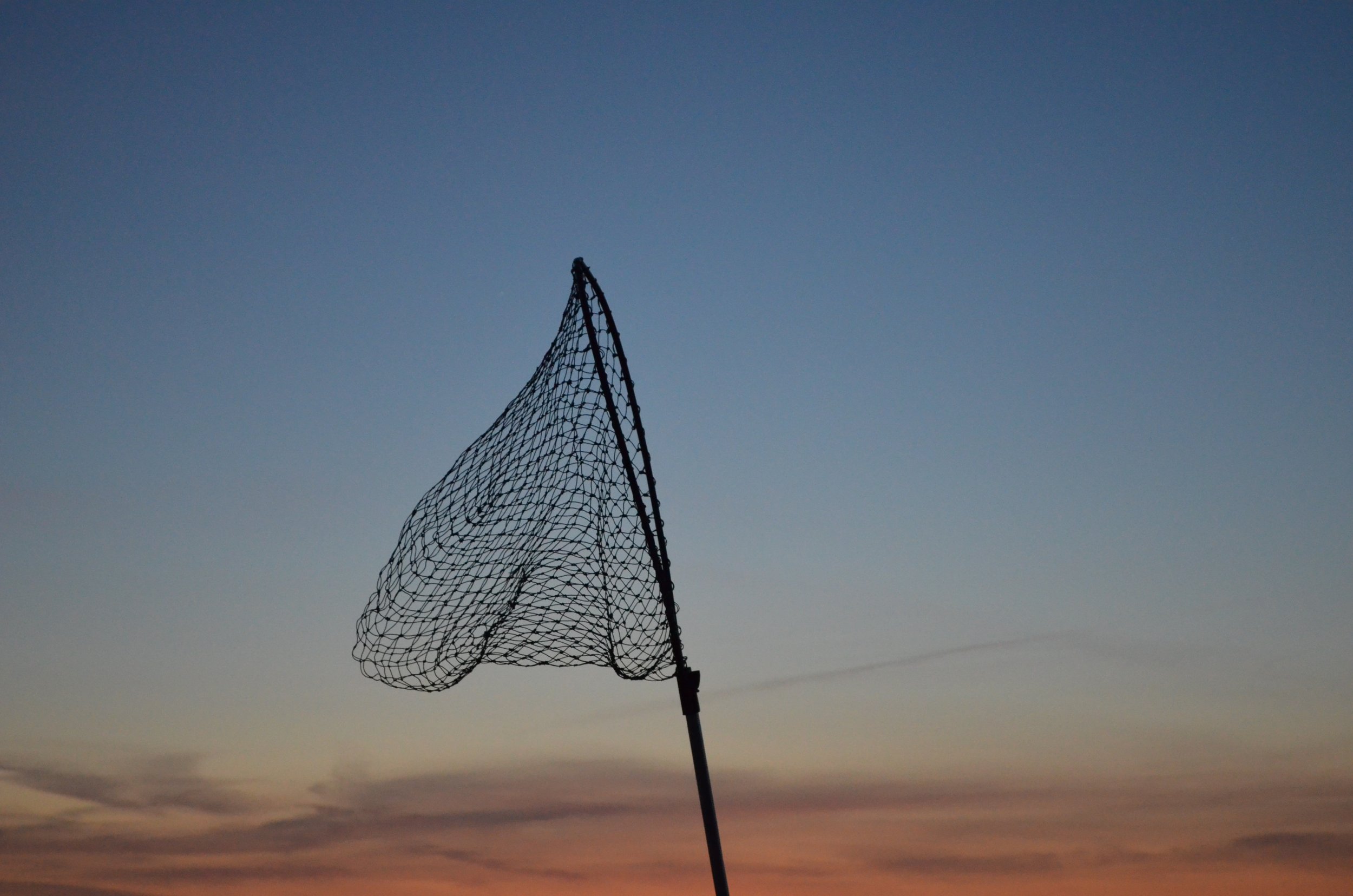Mysis Net Mini-Series: Maximizing Catch Rates
In our last post, we said the Mysis are hard to catch. So what are scientists doing to improve catch rates, and why are catch rates so important?
Catch Per Unit Effort (CPUE) is the standard measurement for catch efficiency. It’s simply the total catch for the night divided by the number of hours fished. In a typical fishery where you’re looking to conserve and maintain a healthy fish population, declining CPUE means you’re overfishing. In our case, we want to see a declining CPUE, as it means we’re successfully reducing the Mysis population.
While the Mysis are difficult to catch, the process itself is pretty straightforward. Once you know where they are and you’ve got the right equipment to reach them, it’s a matter of straining the water for Mysis. They’re slow, so they aren’t going to escape the net. Estimated catch rates are simply a function of a few key factors:
Mysis density
Accuracy
Volume strained per hour
% loss
Here’s an example. Let’s say the Mysis density in Lake Tahoe is currently 100 ind/sq.m. From the echogram, we estimate that ~85% of the Mysis congregate within a 5m band at the thermocline. This means that within that band beneath the thermocline, there are about 85 Mysis per cubic meter of water. If we’ve got a 40 square meter net moving through the water at 2 knots (~1m/s), we’re straining 40*1*3600 = 144,000 cubic meters of water each hour. Given the density estimates, that’s 144,000*85 = 12 million Mysis captured in 1 hour!
However, we have to calculate the percentage loss. Ths Mysis are so small that keeping 100% of the Mysis means using an extremely fine net size (down to 0.1mm). We’ve tried this, and pulling a large net with 0.1mm mesh is nearly impossible. To reduce the drag, we’re using a larger net mesh. The result is that approximately 70% of the targeted Mysis are retained. The remaining Mysis escape the net (either dead or alive — it’s hard to know). The key here is that it’s the smaller juvenile Mysis escaping the net. The pregnant females are the ones we’re really after, and the larger mesh size is sufficient to capture them. So 70% of 12 million brings us to 8.4 million Mysis per hour, or our target of 252kg per hour.
And there it is: that’s Mysis harvesting for you! If we’re successful, Mysis densities will decrease and our CPUE along with it, so we’re always looking for ways to improve our efficiency. The more efficient our harvest, the lower the total cost of restoration (and a better deal for you on our dog treats!)
So cheers to the brilliant scientists and fishers optimizing Mysis catch rates :)

